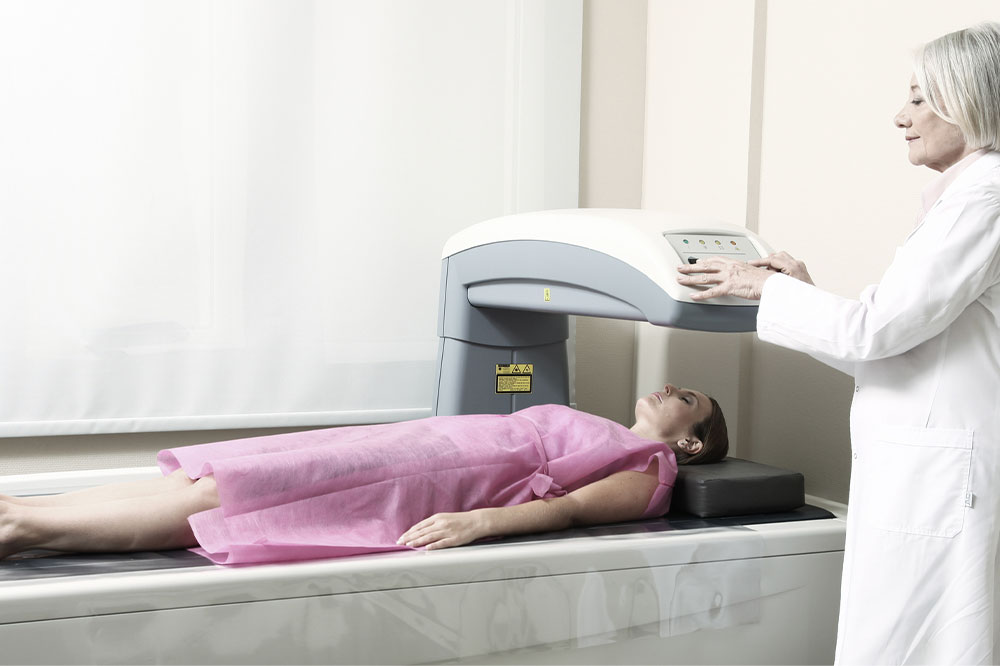
Key things to know about bone density testing
The bones in our bodies can become weak and lose density due to age and conditions like osteoporosis. A bone density test calculates the mineral concentration and density of a person’s bones. It usually assesses the bones in the hip and spine but can also evaluate the bones in the wrist, heel, and fingers if deemed necessary by the healthcare provider. Read on to learn more about bone density tests .
Importance of a bone density test
This test is conducted mainly to diagnose osteoporosis, a bone disorder that leads to fragile bones. The condition causes the body to lose bone tissues and minerals more rapidly than it can create them. Osteoporosis is more severe in postmenopausal women. If left untreated, it can make the bones porous and brittle, causing them to break easily.
Tests used to analyze bone density
A bone density test measures the quantity of minerals in specific areas of the skeleton. It can be done using various imaging techniques, including:
Dual-energy X-ray absorptiometry (DEXA)
Quantitative computed tomography (QCT)
Peripheral dual-energy X-ray absorptiometry (p DXA)
Quantitative ultrasound (QUS)
Procedure followed during the test
These non-invasive imaging tests are performed quickly and painlessly so that patients feel comfortable. The procedure comprises the following steps:
The patient lies along a specialized X-ray table.
A scanner is passed over the body to capture images. It emits little radiation and helps differentiate bones from tissues.
The machine translates the captured data into photos and graphs so a radiologist can review it.
The bone mineral density (BMD) result is presented as a T-score (BMD compared with healthy adults) and Z-score (a comparison made with adults of the same age group). A positive T-score and Z-score indicates strong bones, while a negative value points toward bone weakness.
Preparation for a bone density test
The DEXA scan is considered the gold standard for evaluating bone density. Before undertaking the scan, people can comfortably follow their daily routine and use their regular treatments under the guidance of their doctors. The patients are, however, required to fill out a form with details about their present health, family history of fractures, current therapies, and food habits. Furthermore, they are advised to follow specific instructions before undertaking the test, which include:
Avoiding multivitamins (especially calcium) and acidity treatments a day before the scan as these can interfere with the results.
Avoiding tight-fitting clothes with metal accessories.
Informing the doctor beforehand if there is a chance of the patient being pregnant.
Cost of a bone density test
The cost of a bone density test is not fixed. It may vary depending on the area that needs to be tested and the location of the scanning center. Typically, a DEXA scan’s price ranges between $150 and $300. People with insurance plans may get compensated; however, contacting the insurance provider for details is crucial before signing up for the test. Individuals can also visit special bone density testing camps to reduce costs further and save money on the health evaluation procedure.




